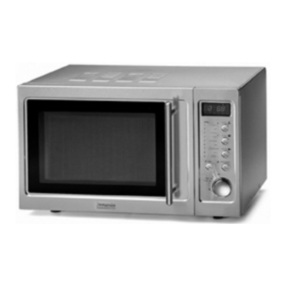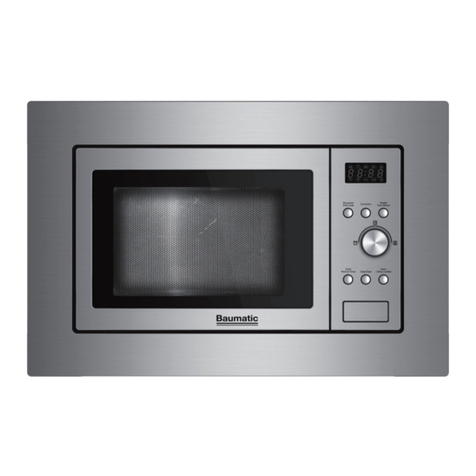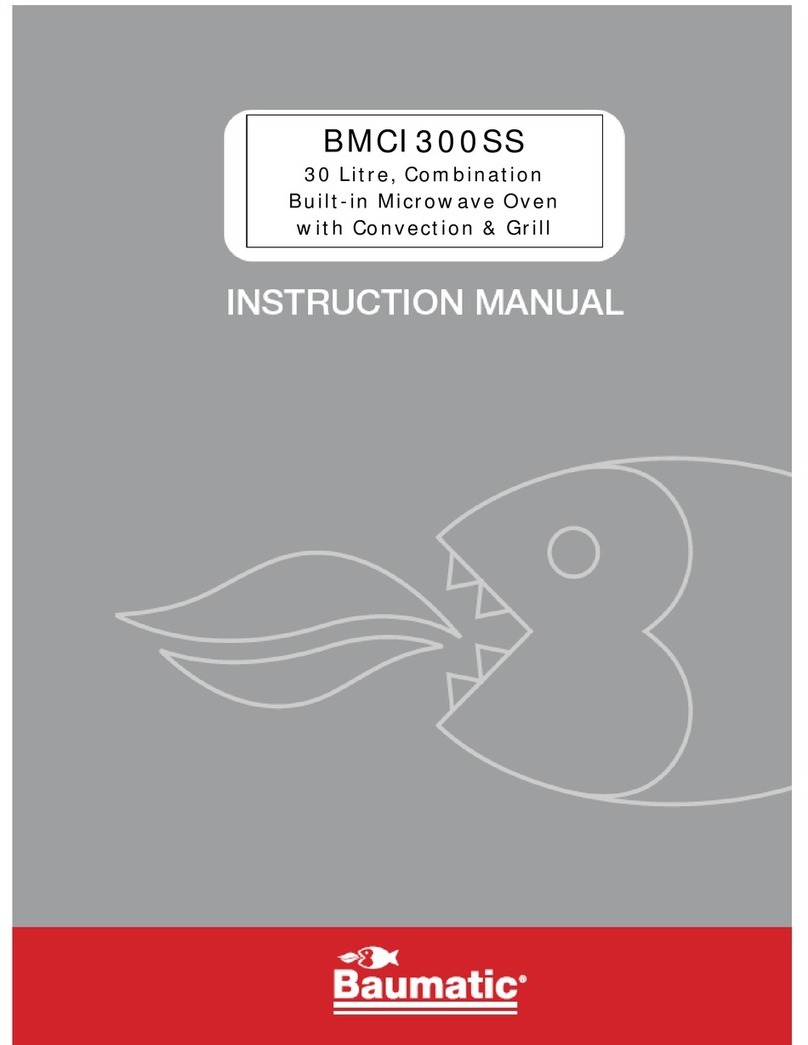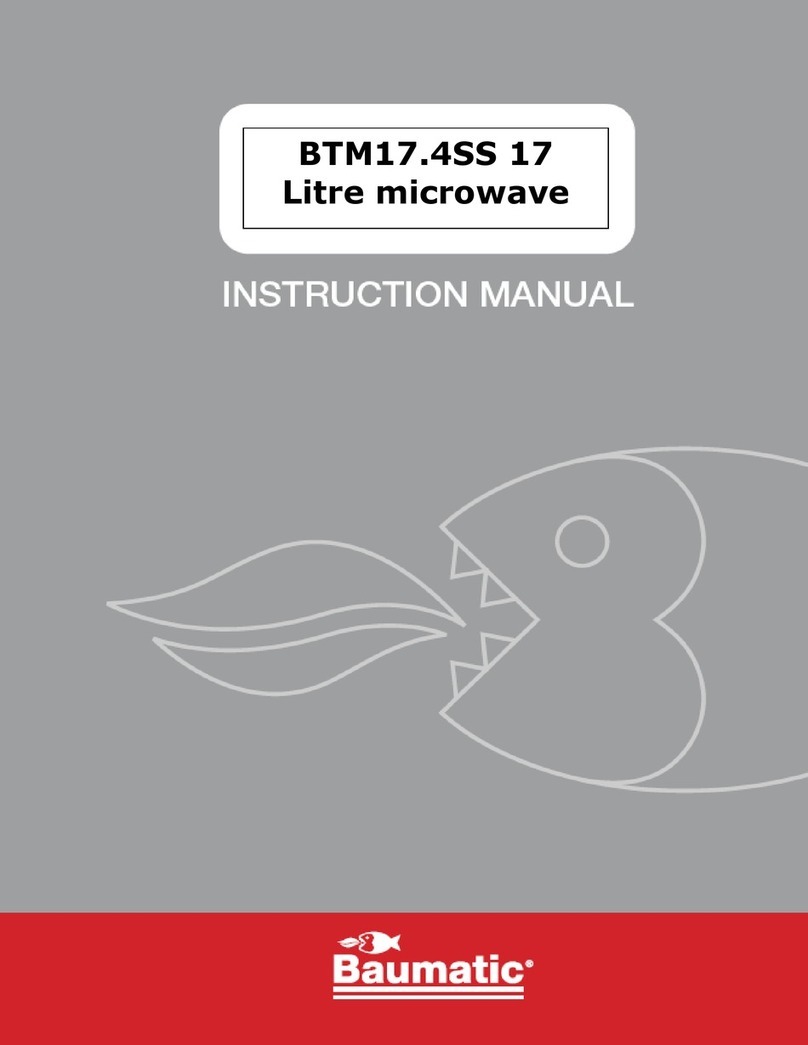Baumatic BTM40SL Operator's manual
Other Baumatic Microwave Oven manuals
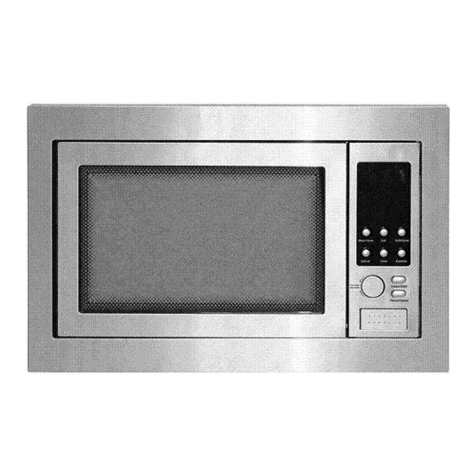
Baumatic
Baumatic GEM252TK User manual
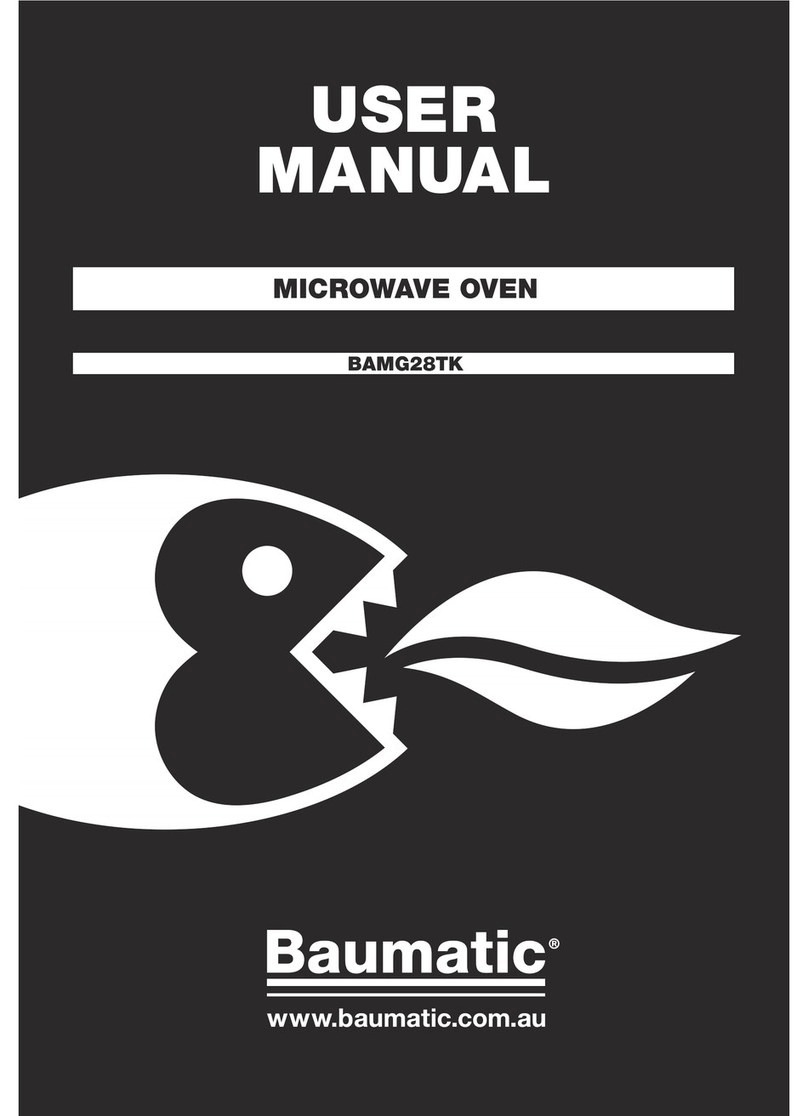
Baumatic
Baumatic BAMG28TK User manual
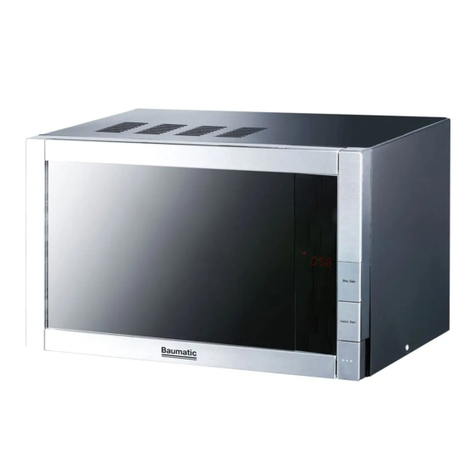
Baumatic
Baumatic BTM25.7SS User manual
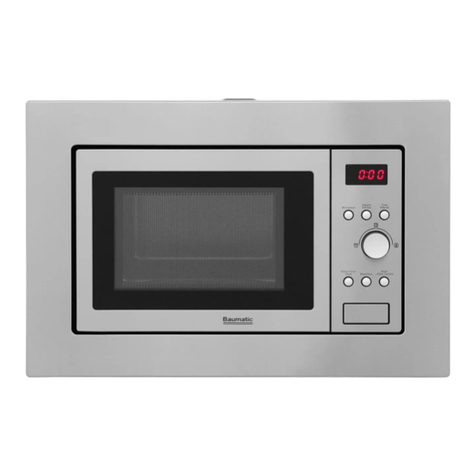
Baumatic
Baumatic BMIS3820 User manual

Baumatic
Baumatic PMC355SS User manual
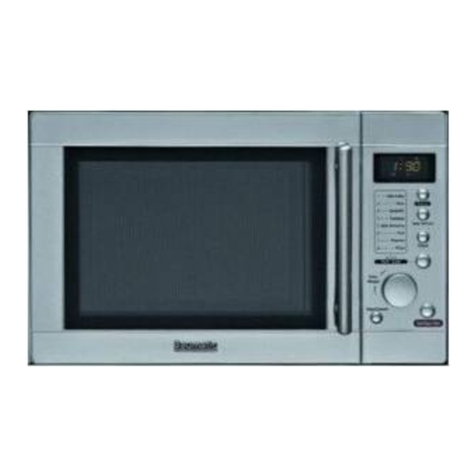
Baumatic
Baumatic BTM17SS Operating instructions
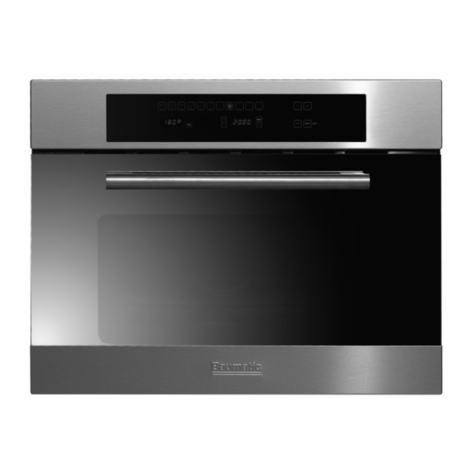
Baumatic
Baumatic PMC355SS User manual
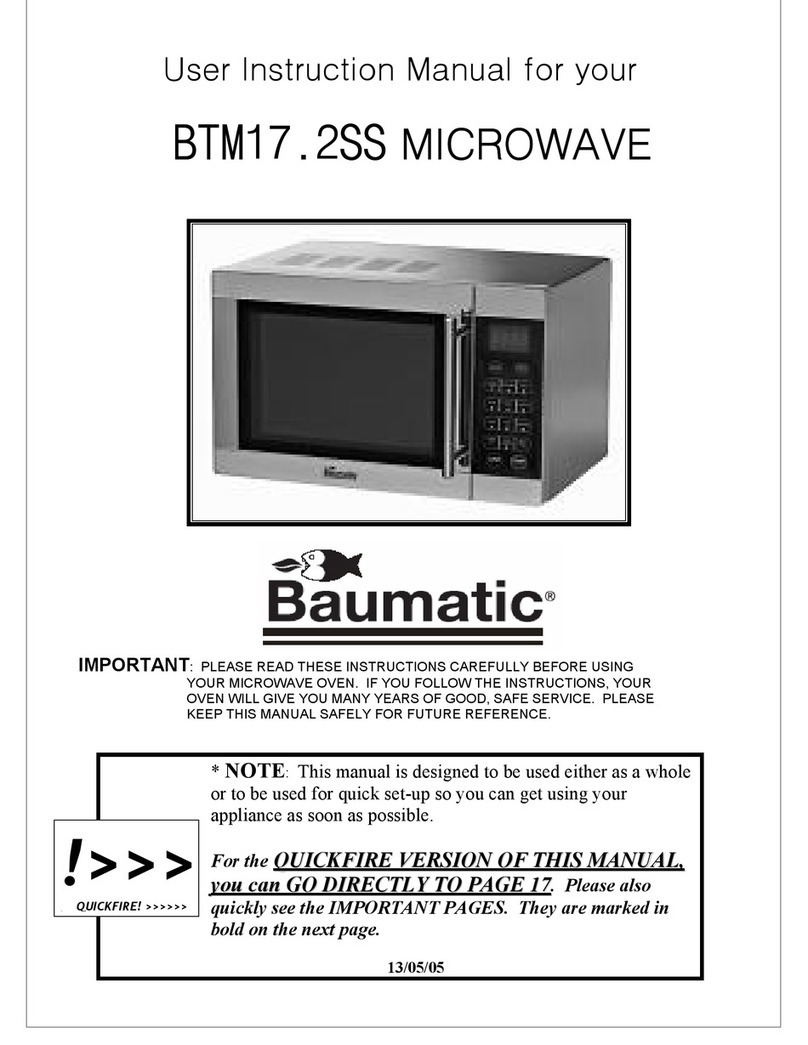
Baumatic
Baumatic BTM17.2SS Operator's manual
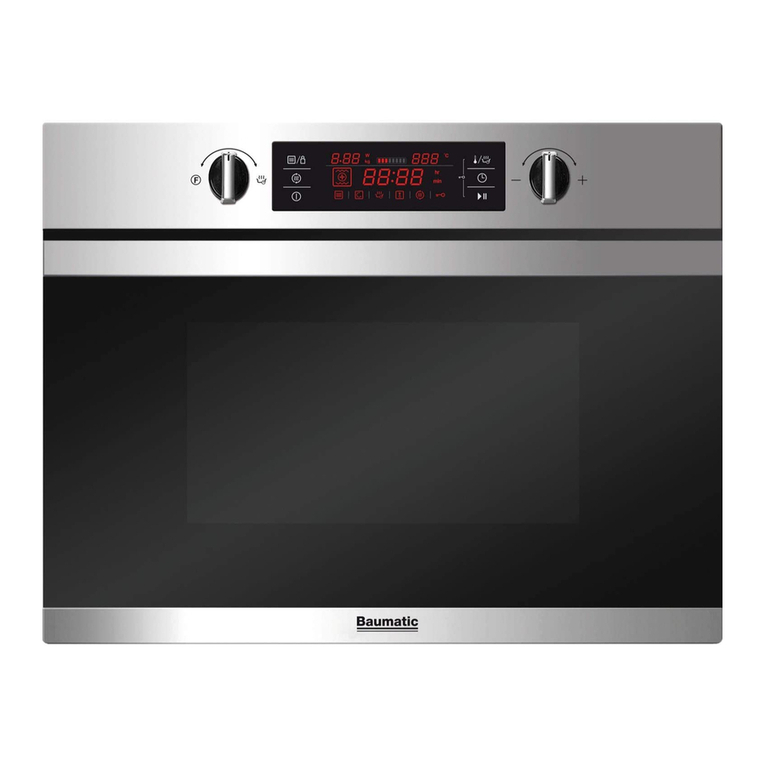
Baumatic
Baumatic BMC460BGL User manual
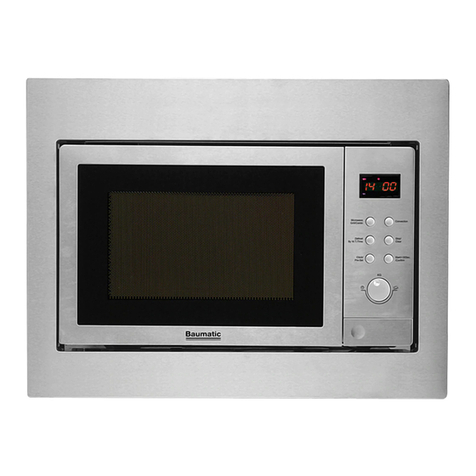
Baumatic
Baumatic BAM253TK User manual
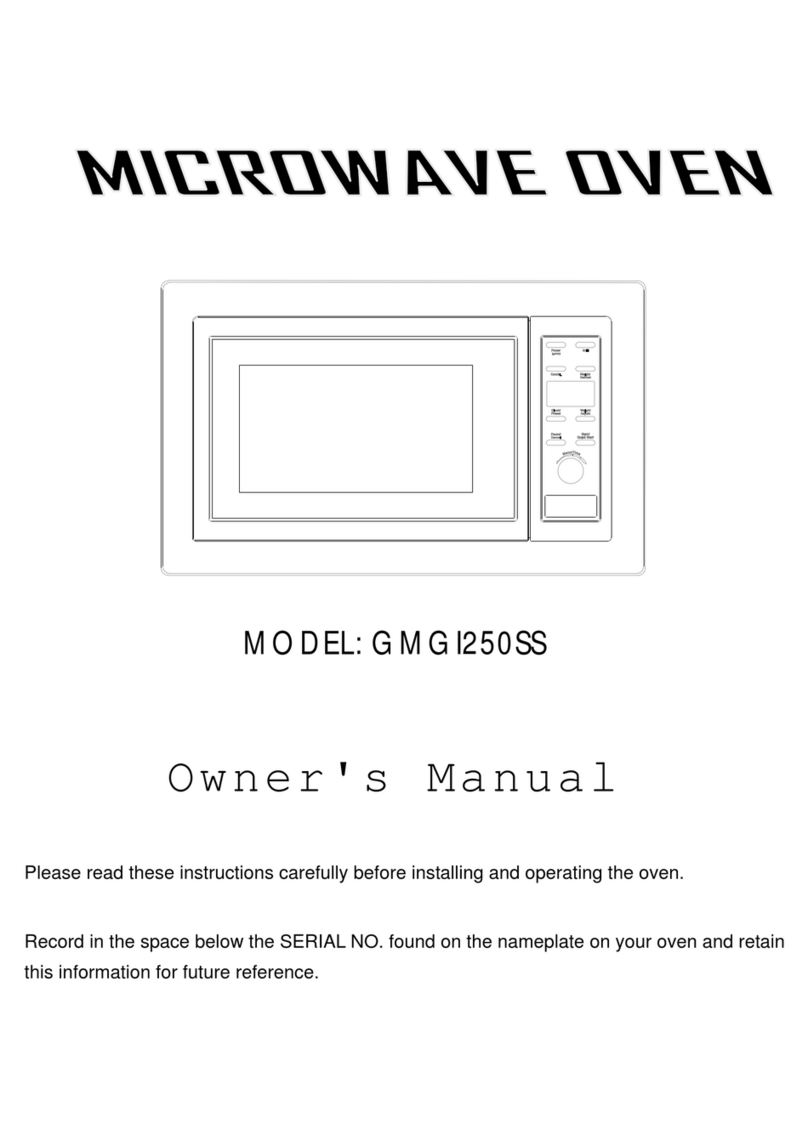
Baumatic
Baumatic GMGI250SS User manual
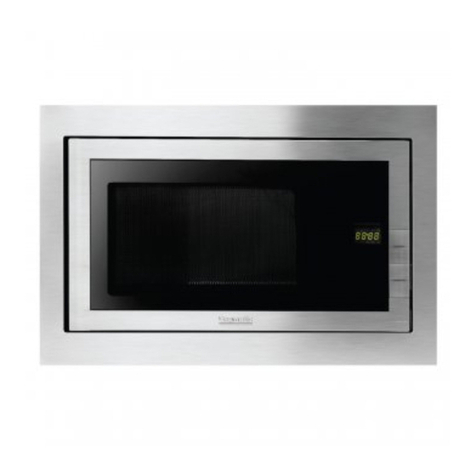
Baumatic
Baumatic BMC255SS User manual

Baumatic
Baumatic BTWM2SS Operating instructions

Baumatic
Baumatic BTM25.5SS User manual
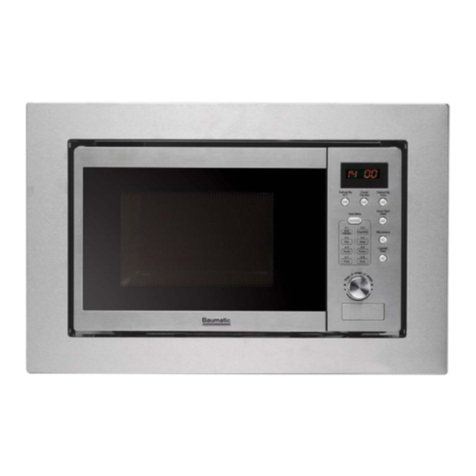
Baumatic
Baumatic BYMM204SS/BL User manual

Baumatic
Baumatic BWMC253SS User manual

Baumatic
Baumatic BMIG4625M User manual
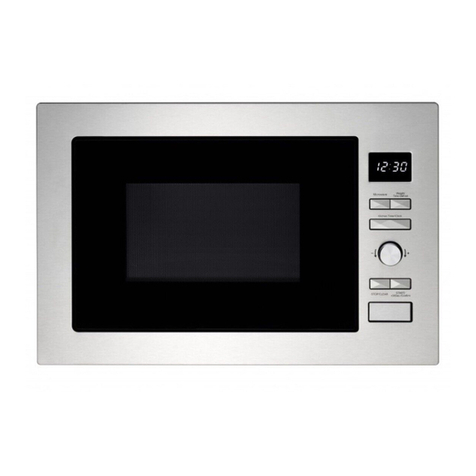
Baumatic
Baumatic BAM28TK- 2 User manual

Baumatic
Baumatic BTM25.5SS User manual
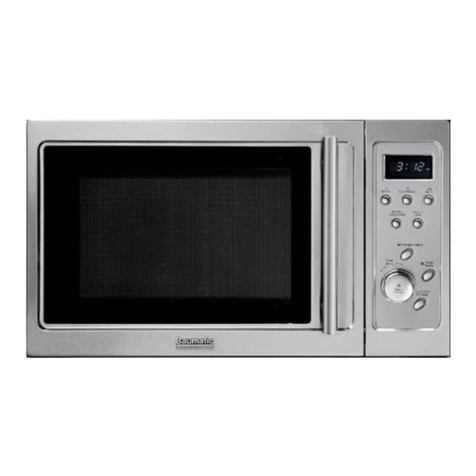
Baumatic
Baumatic BTM25.1SS User manual
Popular Microwave Oven manuals by other brands

Conrad Electronic
Conrad Electronic 2372935 operating instructions

GE
GE Spacemaker JVM1440BH datasheet

DAEWOO ELECTRONICS
DAEWOO ELECTRONICS KOR-6L8K5S83 Operating instructions & cook book

DAEWOO ELECTRONICS
DAEWOO ELECTRONICS KOR-1N5A9S Operating instructions & cook book

Daewoo
Daewoo KQG-6617G Operating instructions & cook book

Samsung
Samsung M1779 Owner's instructions
